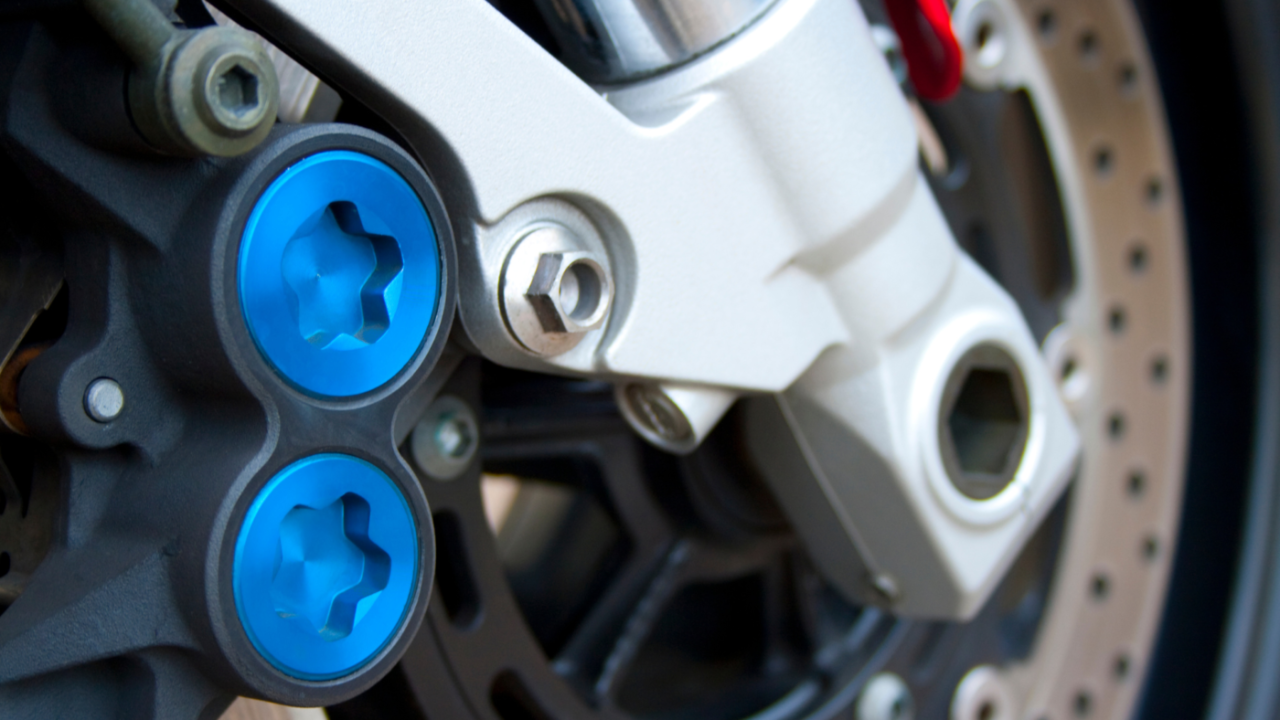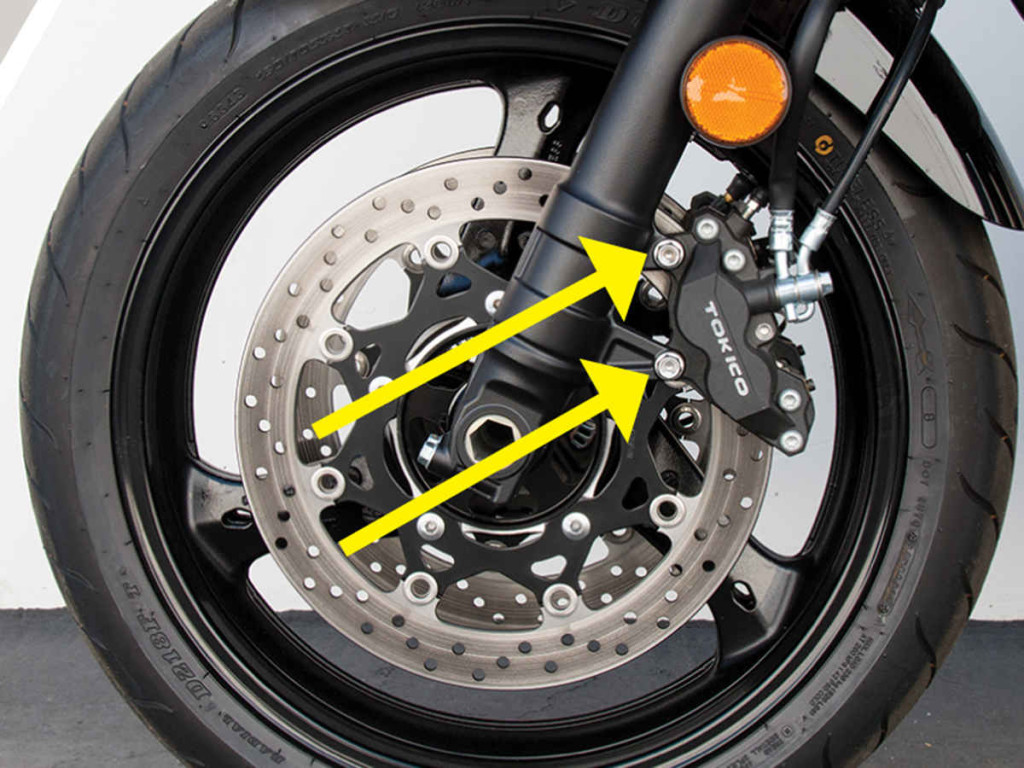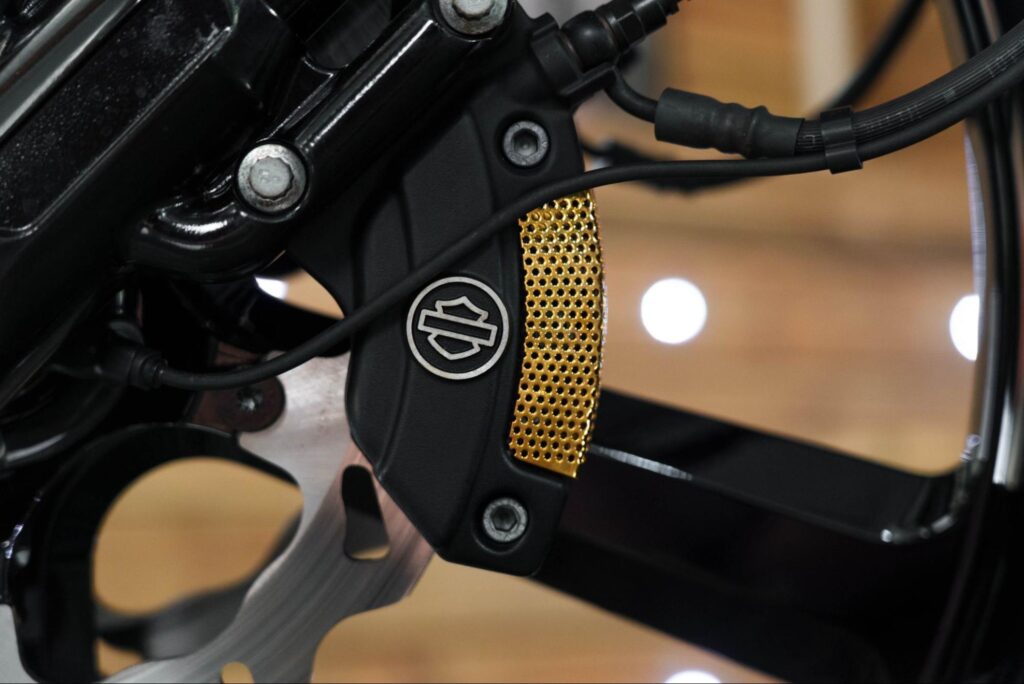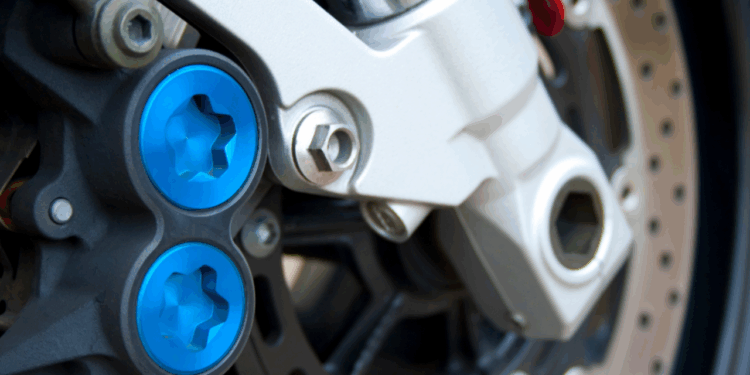Diving into the world of motorcycle brake maintenance, this guide is your go-to resource for ensuring your brakes are in optimal condition. From understanding the key components of the braking system to learning how proper maintenance can boost safety and performance, this article has got you covered.
Introduction to Motorcycle Brake Maintenance
Regular brake maintenance is crucial for motorcycles to ensure safety and optimal performance on the road. By taking care of your brakes, you can prevent accidents and extend the lifespan of your motorcycle. Let's delve into the key components of a motorcycle braking system and the importance of proper maintenance.
Key Components of a Motorcycle Braking System
Proper maintenance of a motorcycle braking system involves attention to various key components, including:
- Brake pads: These are the components that press against the rotor to create friction and slow down the motorcycle.
- Brake rotors: Also known as brake discs, these are the metal discs that the brake pads clamp down on to create friction.
- Brake lines: These are the hoses that carry brake fluid between the master cylinder and the calipers.
- Calipers: These house the brake pads and pistons, and when brake fluid is applied, the pistons squeeze the pads against the rotor to slow down the motorcycle.
Proper maintenance of these components is essential to ensure that your motorcycle's braking system functions effectively and safely.
Enhanced Safety and Performance
Regular brake maintenance not only enhances safety by ensuring that your brakes are in optimal working condition, but it also improves the performance of your motorcycle. Well-maintained brakes provide better stopping power, responsiveness, and overall control, giving you peace of mind while riding.
Signs of Brake Wear and Tear
Brake maintenance is crucial for the safety and performance of your motorcycle. Ignoring signs of brake wear and tear can lead to dangerous situations on the road. It is essential to be aware of common indicators that your brakes might need attention.
Squeaking or Grinding Noises
- Squeaking or grinding noises when you apply the brakes can be a sign of worn-out brake pads. The friction caused by metal-to-metal contact can damage the brake discs and reduce stopping power.
- Ignoring these sounds can lead to complete brake failure, putting you and others at risk of accidents.
Spongy Brakes
- If you notice that your brakes feel spongy or require more pressure to stop, it could indicate air or moisture in the brake lines. This can compromise the effectiveness of your brakes.
- Neglecting spongy brakes can result in decreased braking performance and longer stopping distances, increasing the likelihood of collisions.
Visual Inspection of Brake Pads and Discs
- Regularly inspect your brake pads for thickness. If they appear thin or worn unevenly, it is time to replace them to ensure optimal braking performance.
- Check the brake discs for signs of wear, such as grooves or scoring. Damaged discs can reduce braking efficiency and should be replaced promptly.
Brake Fluid Inspection and Replacement
Brake fluid plays a crucial role in the braking system of a motorcycle, as it transmits the force applied on the brake lever or pedal to the brake calipers, resulting in the compression of brake pads against the rotors to slow down or stop the motorcycle.
It also helps in lubricating moving parts within the braking system and prevents corrosion.
Checking Brake Fluid Levels and Quality
To check the brake fluid levels, locate the brake fluid reservoir on your motorcycle. Ensure the bike is on level ground and remove the cap of the reservoir. The fluid level should be between the minimum and maximum markers. Additionally, inspect the color of the brake fluid.
Fresh brake fluid is usually clear or slightly yellow. If the fluid appears dark or cloudy, it may indicate contamination or degradation, requiring immediate attention.
Importance of Regular Brake Fluid Replacement
Regular brake fluid replacement is essential to maintain the efficiency and safety of the braking system. Over time, brake fluid absorbs moisture from the air, which can lead to a decrease in its boiling point and affect its performance. It is recommended to replace the brake fluid every 1-2 years, depending on the manufacturer's guidelines or the specific type of fluid used.
This preventive maintenance measure helps ensure optimal brake performance and prolongs the lifespan of brake components.
Brake Pad Replacement

When it comes to motorcycle brake maintenance, replacing brake pads is a crucial task to ensure optimal braking performance and safety on the road. Here is a step-by-step guide on how to replace brake pads and important information about different types of brake pads.
Types of Brake Pads
- Organic Brake Pads: Made from a combination of materials like rubber, carbon, and glass. They provide good initial bite and are quieter, but can wear out faster.
- Semi-Metallic Brake Pads: Made from a mix of metal fibers and other materials. They offer better heat dissipation and durability, but can be noisy and cause more rotor wear.
- Ceramic Brake Pads: Constructed with ceramic fibers and nonferrous filler materials. They are known for their smooth and quiet operation, with less dust and longer lifespan, but they can be more expensive.
Bedding in New Brake Pads
Properly bedding in new brake pads is essential to ensure optimal performance and longevity. Follow these steps to bed in your new brake pads:
- Find a safe and open road to perform the bedding-in process.
- Accelerate to around 30-40 mph and then gently apply the brakes to bring the motorcycle to a controlled stop.
- Repeat this process several times, allowing the brakes to cool down between stops.
- Avoid sudden or hard stops during the bedding-in process to prevent glazing of the brake pads.
- After completing the bedding-in process, test the brakes at various speeds to ensure smooth and consistent braking performance.
Brake System Bleeding

When it comes to maintaining your motorcycle's brake system, bleeding the brakes is a crucial step to ensure optimal performance. This process involves removing air bubbles that can compromise the effectiveness of your brakes, ultimately leading to safety hazards.To bleed the brake system, you will need a few essential tools, including a brake bleeder kit, a wrench, and a container to collect the old brake fluid.
The correct procedure involves starting from the brake furthest from the master cylinder and working your way towards it. This ensures that all air bubbles are pushed out of the system effectively.
Tools Needed for Brake Bleeding
- A brake bleeder kit
- A wrench
- A container to collect old brake fluid
Correct Procedure for Brake Bleeding
- Start with the brake furthest from the master cylinder
- Attach the brake bleeder kit and open the bleeder valve
- Pump the brake lever or pedal to push out the old brake fluid
- Repeat the process until no air bubbles are visible in the brake fluid
Tips for Troubleshooting Common Issues
- If you encounter spongy brakes after bleeding, it may indicate air still present in the system. Repeat the bleeding process to ensure all air bubbles are removed.
- Check for any leaks in the brake lines or connections, as they can introduce air into the system. Tighten any loose fittings to prevent air from entering.
- Ensure you are using the correct type of brake fluid recommended for your motorcycle. Using the wrong fluid can lead to brake system malfunctions.
Rotor Inspection and Maintenance

Inspecting and maintaining your motorcycle brake rotors is crucial for ensuring optimal braking performance and safety on the road. By regularly checking the condition of your rotors, you can prevent issues such as warping, scoring, and hot spots that can affect braking efficiency.
Inspecting Brake Rotors
When inspecting your brake rotors, look for signs of wear, warping, and uneven surfaces. Check for any deep grooves, scoring, or discoloration that may indicate rotor damage. Warped rotors can cause vibrations or pulsating sensations when braking, affecting your overall control of the motorcycle.
It is important to maintain smooth and even rotor surfaces to ensure consistent contact between the brake pads and rotors, allowing for efficient braking performance.
Addressing Rotor Issues
- Scoring: If you notice scoring on your brake rotors, it is essential to address the issue promptly to prevent further damage. Depending on the severity of the scoring, you may need to resurface or replace the rotors.
- Hot Spots: Hot spots on brake rotors can lead to uneven braking and reduced stopping power. To address hot spots, consider resurfacing the rotors or replacing them if the damage is severe.
Epilogue
In conclusion, staying on top of your motorcycle brake maintenance is crucial for a smooth and safe ride. By regularly inspecting your brake pads, checking brake fluid levels, and understanding the signs of wear and tear, you can enjoy a worry-free journey on two wheels.
FAQ Guide
How often should I replace my brake pads?
Brake pads should typically be replaced every 20,000 miles, but this can vary depending on your riding habits and the type of brake pads you use.
Why is brake fluid inspection important?
Brake fluid plays a critical role in the braking system by transferring force from the brake pedal to the brake components. Regular inspection ensures optimal brake performance and safety.
Can I replace my brake pads myself?
Yes, you can replace your brake pads at home with the right tools and knowledge. However, if you're not confident in your abilities, it's best to seek professional help.
How do I know if my brake rotors need maintenance?
You can inspect your brake rotors for wear and warping. Signs of issues include vibration while braking, squealing noises, or uneven braking. Regular maintenance can help prevent further damage.














